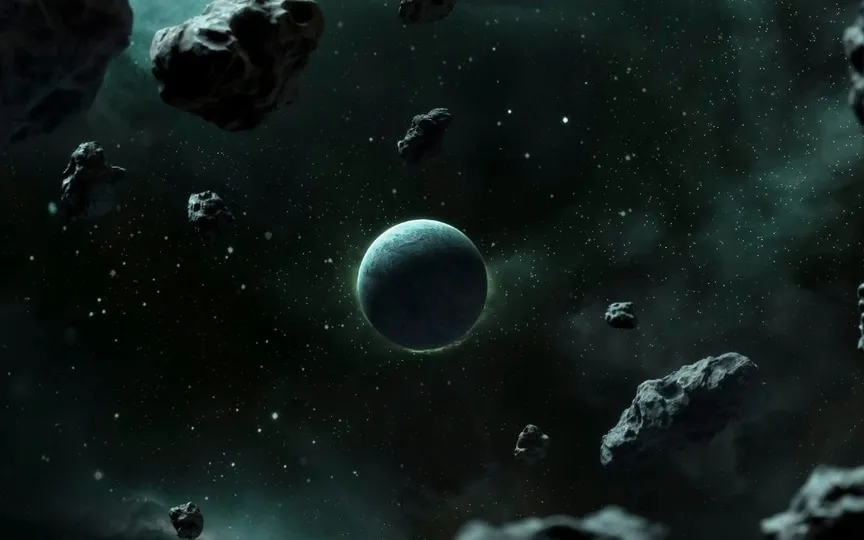NASA Warns of Asteroid the Size of a House Approaching Earth
NASA has utilized cutting-edge technology, including the NEOWISE telescope, Atacama Large Millimeter/submillimeter Array (ALMA), Pans-STARRS1, and Catalina Sky Survey, to provide information regarding an asteroid’s proximity to Earth. This asteroid, named Asteroid 2023 TC1, is currently en route towards our planet and is anticipated to reach its closest point today, October 13.
Using its various satellites and space and ground-based telescopes, NASA has tracked the orbit of this asteroid and revealed important information about its imminent approach.
Asteroid 2023 TC1: Details of the close approach
According to the details, Asteroid 2023 TC1 is expected to make its closest approach to the planet at a distance of 4 million kilometers and at an astonishing speed of 29183 kilometers per hour. It travels even faster than an intercontinental ballistic missile!
This space rock belongs to the Apollo group of Near-Earth Asteroids, which are space rocks that pass through the Earth and whose semi-major axes are larger than the Earth’s axis. These asteroids are named after the huge 1862 Apollo asteroid discovered by German astronomer Karl Reinmuth in the 1930s.
NASA estimates the size of Asteroid 2023 TC1 to be nearly 46 feet across, making it the size of a house! However, it is not large enough to be classified as a potentially hazardous asteroid and is not expected to pose any threat to Earth.
Although asteroid 2023 TC1 has passed Earth before, this is its first close approach to the planet. Although its orbit will cross Earth again in 2024, according to NASA’s Small-Body Database Lookup, it won’t be a close approach.
Bennu asteroid sample
NASA recently presented a sample collected by its OSIRIS-Rex spacecraft from the surface of asteroid Bennu, which contained dust and rocks. NASA revealed that during a preliminary assessment by the OSIRIS-REx mission science team, samples collected from the surface of asteroid Bennu have a high carbon content and water! Both demonstrate the existence of the building blocks of life!
This discovery was made during preliminary tests, and the scientific team is now conducting further studies on the carbon compound found in the asteroid sample. It was scanned with an electron microscope, infrared measurements, X-ray diffraction and chemical elemental analysis.




